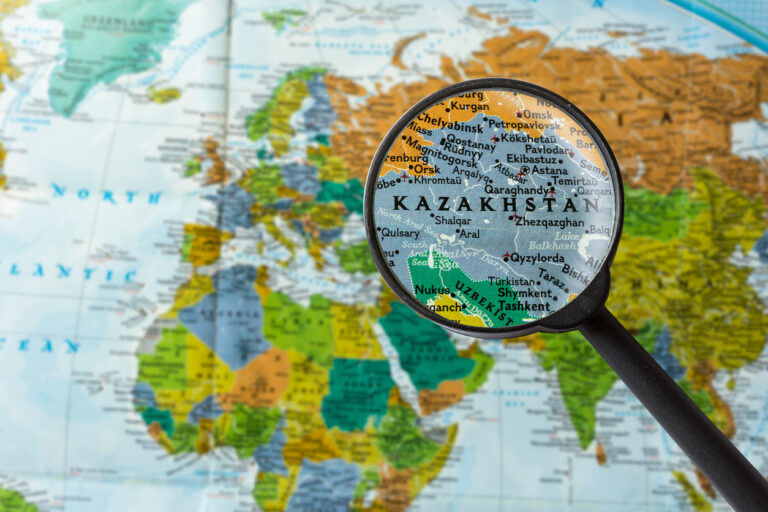The killing of two suspected militants by Tajikistan’s security forces is fanning fresh worries in Central Asia over the Taliban’s ability to prevent attacks by Afghanistan-based terror groups, analysts say.
Tajik authorities said the pair sneaked across the border from Afghanistan in late April and were shot dead in a counterterrorism operation, which turned up a stash of weapons, ammunition and explosives.
They gave few details, but said the militants had planned a terror attack in Tajikistan, marking the latest in a string of incidents linked to militants inside Afghanistan. The deadly clash came the same month that Uzbekistan hosted ministerial meetings with Afghanistan’s neighbors to address the growing cross-border security threat.
After regaining control of Afghanistan two years ago, the Taliban pledged not to let militant organizations use the country as a base to conduct terror attacks abroad. But that puts the Taliban in a tricky position because it must rein in groups that once fought by its side and earned its loyalty, including factions of the Islamic Movement of Uzbekistan and Jamaat Ansarullah, also known as the Tajik Taliban.
The Taliban has made headway in controlling its allies, but some of these organizations have a “sole goal of toppling Central Asian regimes through armed struggle,” said Riccardo Valle, head of research at Khorasan Diary, a security consultancy. “There will come a point at which these groups will have to make a decision to abandon jihad against their primary enemies in Central Asia, defy the Taliban’s policies of restraint, or join the only other platform which would grant them unrestrained fight against Central Asian governments — ISIS-K.”
As the Islamic State group’s branch in Afghanistan, ISIS-K has pledged to launch a “great jihad into Central Asia” in a bid to take control of large swaths of territory that correspond to an ancient region known as Transoxiana.
Despite Taliban efforts to crush ISIS-K, it has emerged as the most active and vocal of the Afghan-based groups in calling for the overthrow of Central Asian governments. The organization has boosted its propaganda in local languages to attract fighters from these countries into its own ranks.
Last year, ISIS-K was blamed for launching a barrage of rocket attacks toward Uzbekistan, which also shares a border with Afghanistan, marking the first time that the country had been targeted.
“The threat [ISIS-K] poses to Central Asian states is significant, not only in terms of incidents similar to the cross-border rocket attacks into Uzbekistan. But the fact that there are high-profile [ISIS-K] militants of Central Asian origin means the returning foreign terrorist fighter phenomenon remains a crucial concern for Uzbekistan, Tajikistan and other countries in the region,” said Colin Clarke, director of research at U.S.-based security consultancy The Soufan Group, in comments to Nikkei Asia.
The group’s members were implicated in a 2021 plot to bomb Turkmenistan’s embassy in Afghanistan. Islamic State claimed responsibility for the 2018 killing of four foreign cyclists in southern Tajikistan and staged an attack at an Uzbek-Tajik border post the following year.
More recently, ISIS-K has threatened to assassinate the leaders of Uzbekistan and Tajikistan as well as Central Asian clerics who spoke out against the Islamic State. It has also said it would launch attacks on infrastructure including a railway project to run from Uzbekistan through Afghanistan and into neighboring Pakistan.
In March, Gen. Michael Kurilla, head of U.S. Central Command, warned that ISIS-K could carry out an attack on U.S. or Western interests in the span of six months. The U.N. Security Council in February estimated that ISIS-K had 1,000 to 3,000 fighters and “retained ambitions to conduct external operations.”
The group was responsible for a 2021 attack at Kabul’s international airport that left at least 183 people dead, including 170 Afghans and 13 U.S. military personnel. It has also attacked the Russian and Pakistani embassies in Afghanistan, and launched an assault on a Kabul hotel with the stated intent of killing Chinese nationals.
Source: Nikkei Asia








Leave a Comment